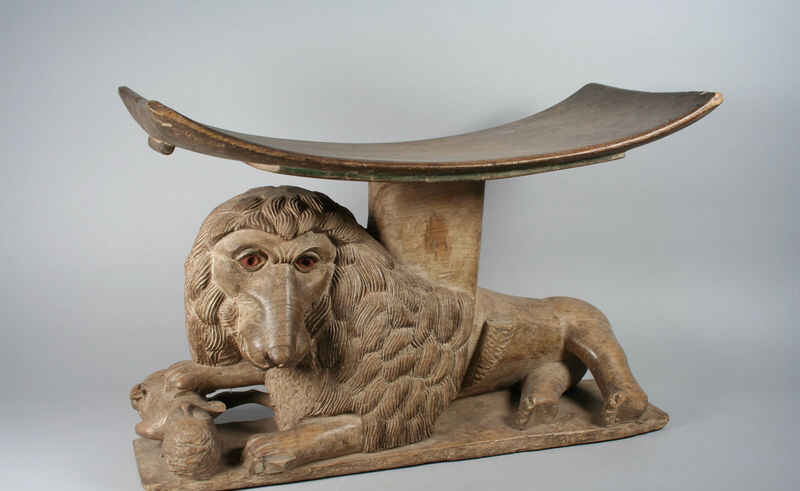
After the British Museum’s statement, at the beginning of this year, on its involvement in “constructive discussions” with Greece over the repatriation of the Parthenon Marbles, the question of ownership of indigenous artifacts in a post-colonial age is now more topical than ever. Only a few days later the Museum’s disclosure concerning the Greek artifacts, a Māori tribe in New Zealand called Sotheby’s to return several treasured artifacts, which were listed for sale by the auction house. According to the local tribe, these artifacts date back to the 18th and 19th centuries and are crucial cultural treasures. In addition, the Netherlands, according to an official recommendation of an advisory committee to the Dutch government, should return cultural objects taken during colonization from its former colonies.
During the European colonial explorations in the 1500s and onwards, museums and private collections were filled with cultural objects brought by the colonies, which either were purchased, gifted, looted or simply stolen. When in the 1800s, archaeology took off as a scientific field, illicit excavation, looting, and plunder took unprecedented dimensions. Art dealers and collectors were using extreme means to acquire ancient treasures, which were then sold at extremely high prices in the western markets. Although the indigenous people were usually very protective over their cultural heritage, very often, there was not much they could do.
Today, many museums in big western countries, which contain in their collection artifacts obtained through colonization, looting, or war wrestle with the question of who owns such treasures and whether they need to be repatriated. Common arguments against requests of restitution concern the future of universal museums, as they will end up empty if they return the objects to their country of origin, the legality of the ownership of these objects, which at the time of their acquisition were legally purchased and the access of these museums to a broader audience. Another issue concerning the repatriation claims is that it is especially difficult to find strong evidence to prove the illegal removal of the objects.
The principle of restitution gradually was included in international law, with the Hague Conventions of 1899 and 1907 being the first instruments to render illegal the looting of cultural artifacts. The 1954 Hague Convention for the Protection of Cultural Property in the Event of Armed Conflict and its two protocols, which followed addressed the illegality of exporting artifacts from occupied territories and soon after the 1970 Convention on the Means of Prohibiting and Preventing the Illicit Import, Export, and Transfer of Ownership of Cultural Property and the 1995 UNIDROIT Convention on Stolen or Illegally Exported Cultural Objects were adopted. Yet, the applicable law proves to be inadequate to resolve the requests for restitution. Among other obstacles, the international instruments are limited in time and scope, as they are not retroactive and contain various provisions that restrict their application.
In the past decade, repatriations have become more common than ever, as a gradual shift in how people preserve the concept of ownership of cultural treasures has occurred. Now, it is time for international law to adapt to the new reality and assist in the return of cultural objects back to where they belong.
By The European Institute for International Law and International Relations.















